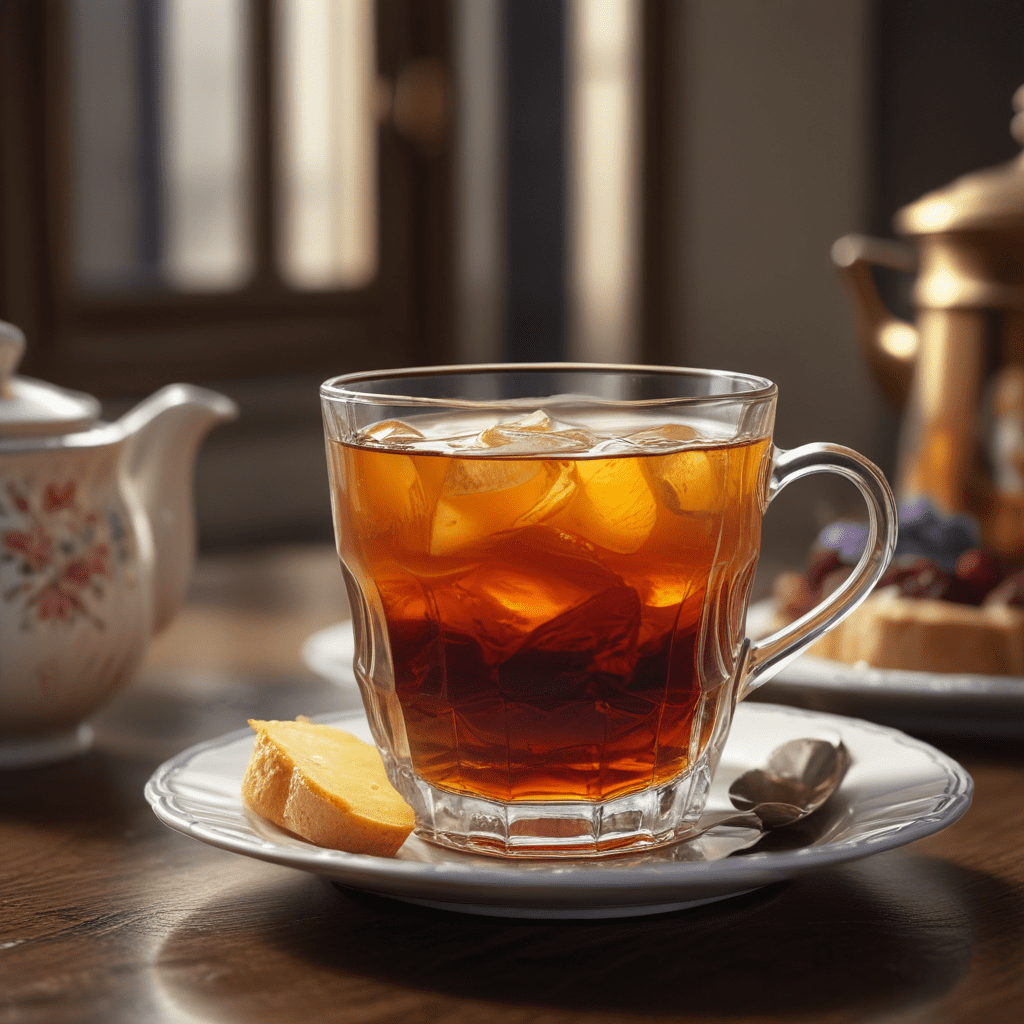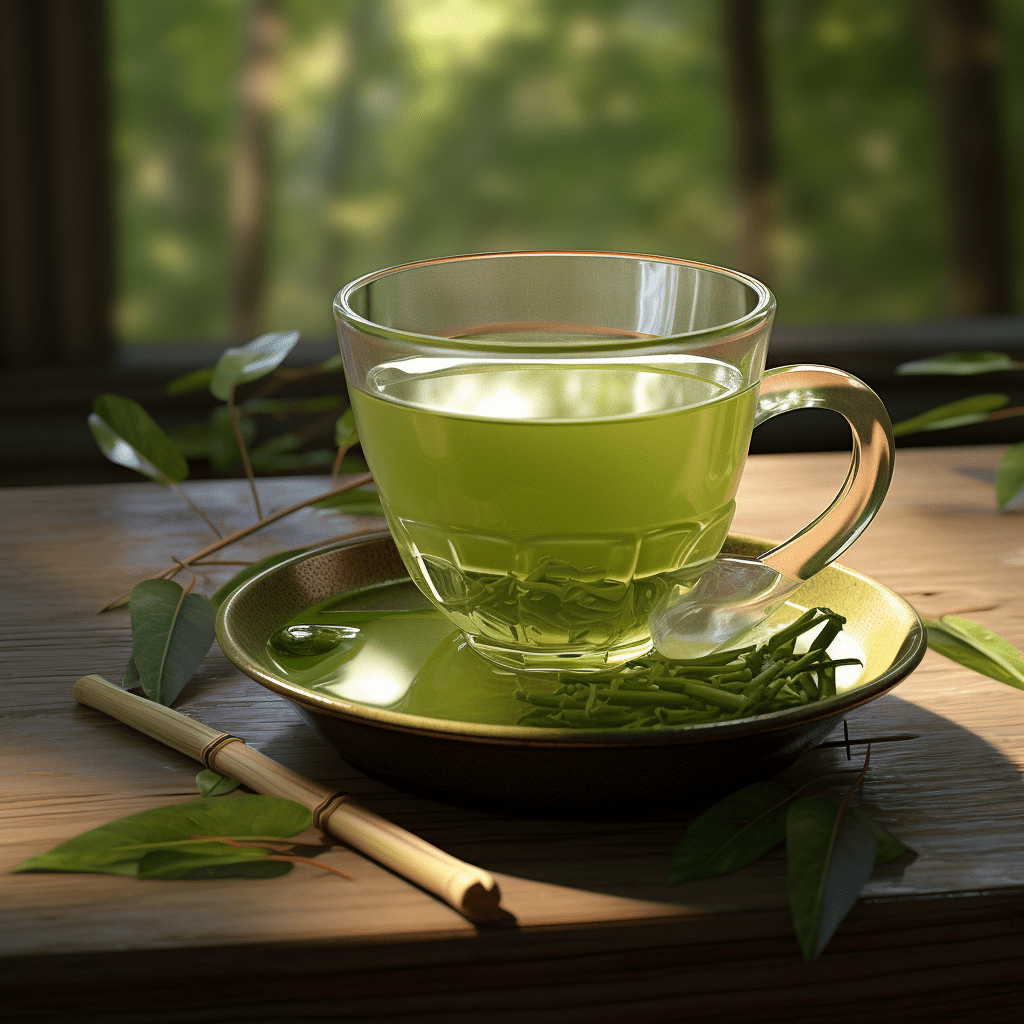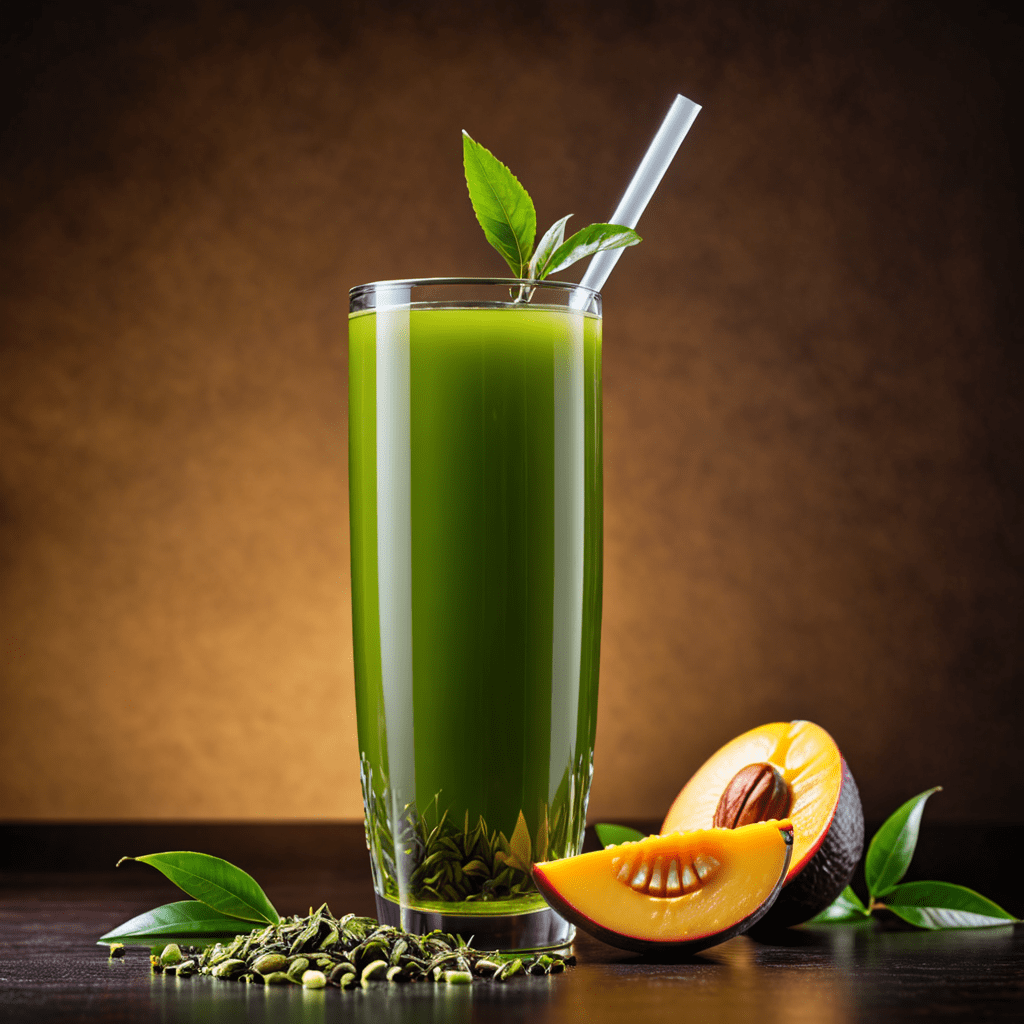The Evolution of Afternoon Tea in British Tradition
1. Introduction
Afternoon tea, an iconic British tradition, is more than just a cup of tea and a few dainty sandwiches. It's a cherished ritual, steeped in history and culture, offering a unique glimpse into the social fabric of Britain. Over centuries, afternoon tea has evolved, reflecting changing societal norms, culinary trends, and evolving tastes.
This article will delve into the fascinating history of afternoon tea, tracing its journey from a simple beverage enjoyed by the aristocracy to a beloved national pastime embraced by people from all walks of life.
2. The 17th Century: The Beginnings
The story of afternoon tea begins in the 17th century with the introduction of tea to Britain by the East India Company. This exotic beverage quickly captured the hearts of the aristocracy, becoming a symbol of wealth and sophistication. Early tea-drinking habits were quite different from today. Tea was consumed as a medicinal drink, often mixed with milk and sugar to counteract its perceived bitterness.
3. The 18th Century: Afternoon Tea Takes Root
The 18th century witnessed the transformation of tea from a medicinal beverage to a social ritual. Anna, the 7th Duchess of Bedford, is credited with popularizing the concept of afternoon tea. Feeling peckish between her late lunch and early dinner, the Duchess began taking afternoon tea in her private chambers. She soon extended the invitation to her friends, and thus, the tradition of afternoon tea was born.
4. The 19th Century: Afternoon Tea's Golden Age
The 19th century marked the golden age of afternoon tea. Its popularity soared across all social classes, becoming an integral part of daily life. Specialized tea rooms emerged, offering an elegant setting for afternoon tea gatherings. Victorian society embraced afternoon tea with enthusiasm, transforming it into an elaborate ritual with strict etiquette and a delectable array of finger sandwiches, scones, pastries, and, of course, tea.
5. The 20th Century: Afternoon Tea in Transition
The 20th century brought significant changes to the tradition of afternoon tea. World Wars I and II disrupted social gatherings and tea supplies. The rise of mass-produced tea and the decline of formal tea rooms further altered the landscape of afternoon tea. However, despite these challenges, afternoon tea adapted, evolving into a more relaxed and casual affair.
6. Modern Afternoon Tea: A Contemporary Twist
The 21st century has witnessed a renewed interest in afternoon tea. This resurgence is fueled by a growing appreciation for traditional British customs, the rise of food tourism, and a desire for refined experiences. While the core elements of afternoon tea remain – exquisite finger sandwiches, fluffy scones, and fragrant tea – modern interpretations offer a refreshing twist.
Contemporary afternoon tea venues incorporate modern culinary trends, featuring innovative flavor combinations, locally sourced ingredients, and visually stunning presentations. International influences have also enriched the afternoon tea experience, with tea rooms offering unique blends and tea-inspired dishes from around the world.
7. The Etiquette of Modern Afternoon Tea
While modern afternoon tea is more relaxed than its Victorian predecessor, some basic etiquette guidelines still apply. Dress code is typically smart casual, ensuring a refined atmosphere. Arrive on time and be mindful of your noise level, respecting the tranquility of the setting.
When it comes to enjoying your afternoon tea, start with the finger sandwiches, followed by the scones. Clotted cream and jam are traditionally served with the scones, although the order of application is a matter of personal preference. Enjoy your tea at your own pace, savoring the unique flavors and aromas.
8. Choosing the Right Afternoon Tea Experience
With the abundance of afternoon tea venues available, selecting the perfect experience can be overwhelming. Consider your personal preferences, budget, and desired atmosphere. Traditional tea rooms offer a classic experience, while modern hotels and restaurants provide a contemporary twist.
For a unique experience, explore themed afternoon teas, featuring specific cuisines or cultural influences. If you have dietary restrictions, inquire about gluten-free, vegan, or other specialized options.
9. Making Afternoon Tea at Home
Hosting your own afternoon tea is a delightful way to recreate the tradition in the comfort of your home. Start by creating an inviting atmosphere, setting the table with elegant china, fresh flowers, and comfortable seating. Prepare a selection of finger sandwiches, scones, and pastries, or opt for a simpler spread of cakes and cookies.
Brew a pot of your favorite tea, ensuring the water temperature is suitable for the type of tea you choose. Don't forget to provide milk, sugar, and lemon slices for guests to customize their beverage. Relax, enjoy the company, and relish the experience of hosting your own afternoon tea gathering.
10. The Legacy of Afternoon Tea
Afternoon tea transcends the realm of mere refreshment; it embodies a cultural legacy, reflecting the evolution of British society, culinary trends, and social customs. From its aristocratic origins to its modern-day resurgence, afternoon tea has remained a cherished tradition, offering a delightful interlude of refinement and indulgence.
FAQ
What is the best time to have afternoon tea?
Traditional afternoon tea is typically served between 3 pm and 5 pm, but modern venues may offer extended hours or flexibility in timings.
What should I wear to afternoon tea?
Smart casual attire is generally appropriate for afternoon tea. Avoid overly casual clothing, such as ripped jeans or t-shirts.
What is the proper way to eat a scone?
Cut the scone in half horizontally, spread clotted cream on one half, and top with jam on the other half. Enjoy with a cup of tea.
Is afternoon tea suitable for children?
Many afternoon tea venues welcome families with children. However, it's best to inquire about any age restrictions or special children's menus.
Where can I find afternoon tea experiences?
Numerous hotels, tea rooms, and restaurants offer afternoon tea experiences. Online resources and local recommendations can help you find the perfect venue for your preferences.
Can I host afternoon tea for a large group?
Some venues offer afternoon tea packages for larger groups. Inquire about availability and minimum group size requirements.
Is it customary to tip for afternoon tea?
Tipping is not mandatory but is appreciated for good service. A gratuity of 10-15% is considered appropriate.
Conclusion
Afternoon tea, a quintessentially British tradition, continues to captivate hearts and palates across the globe. Its enduring appeal lies in its ability to provide a refined and indulgent experience, offering a delectable escape from the everyday hustle and bustle. Whether enjoyed in a traditional tea room or recreated at home, afternoon tea remains a timeless symbol of elegance, social connection, and a celebration of life's simple pleasures.


